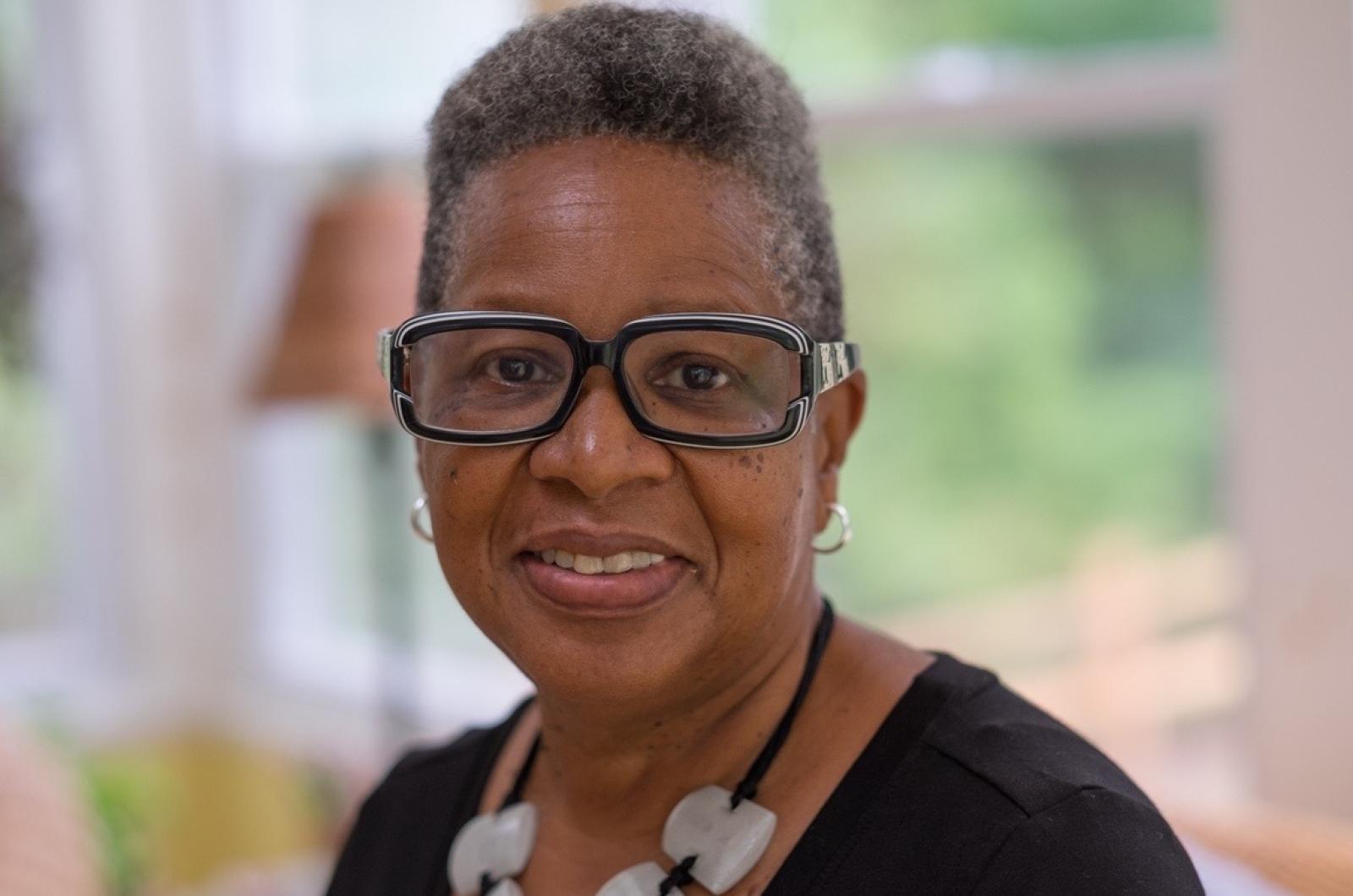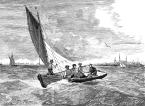Quork Martrick was one of thousands of black men who served as Patriots in the Revolutionary War. Born in Africa, he later lived near Bridgewater, where he joined the Army in 1780. According to one account, Martrick was a free man when he enlisted, but many had joined the war to escape from bondage.
It was 236 years ago this week that Martrick arrived at Springfield and marched to camp under the command of Capt. Daniel Shays of the famous Shays’ Rebellion. Martrick was 24.
Last week, his descendent Doris Clark of Vineyard Haven became the first African American to lead the Martha’s Vineyard Seacoast Defense chapter of the Daughters of the American Revolution. Membership in the national DAR organization, which began in 1890, requires having an ancestral link to the Revolutionary War. Ms. Clark had about a dozen, including Martrick.
Ms. Clark is also the first African American to join the Island chapter – inspired by her three cousins who joined the group elsewhere many years ago. One of her cousins happens to be a genealogist and showed her the link to her past.
The Vineyard DAR chapter is one of about 3,000 across the country that work to promote American history and patriotism through education and community events. Ms. Clark joined the group in 2014, and as a younger member was seen as a natural leader. She was elected to a three-year term as regent in May.
As one initiative, Ms. Clark hopes to continue bringing wounded veterans to the Island — an idea she first encountered while visiting a friend who was taking part in a similar program in North Carolina. “When I went on her weeklong trip with her, I said, ‘This is really great. I should bring this back to our chapter,’” Ms. Clark said. Last year, a member of the chapter provided a house in Chilmark, and others chipped in and collected donations for gift certificates to host a soldier from Fort Bragg. This year’s veteran will arrive in September and stay in an apartment that Ms. Clark rents out in the summer.
One of Ms. Clark’s activities with the DAR last year involved retiring American flags. “A lot of these things are so educational,” she said. “I had no idea that the only way that you can retire a flag is by burning it. There was a whole ritual that we went through. We were outside on the dock with a fire going, and everybody was throwing on their old flags to retire them.”
According to the U.S. Code, worn out flags “should be destroyed in a dignified way, preferably by burning.” Some recommend cutting the flag into quadrants (without cutting into the star field) and either burning it or throwing it away, depending on whether it’s made from cotton or a synthetic material.
In a quiet ceremony in May, the group laid a wreath at the base of the war monument on Main street in Edgartown. Former regent Cindy Krauss, who led the ceremony, said it was part of a three-year effort to honor veterans of the Viet Nam War 50 years after that conflict began.
It was too late for this year, but Ms. Clark plans to reinstate the chapter’s tradition of marching in the Fourth of July Parade, which of course also has its roots in the American Revolution. “A long time ago, they used to march in the parade every year,” she said. “We are going to go back to that.”
For more information about the Daughters of the American Revolution, visit dar.org.







Comments (3)
Comments
Comment policy »